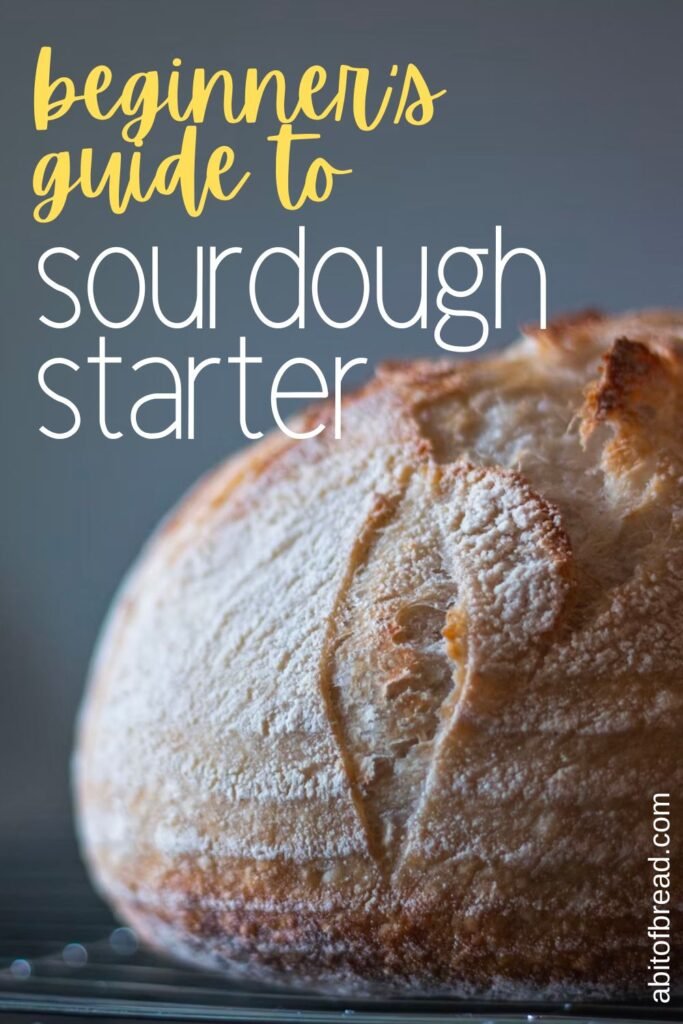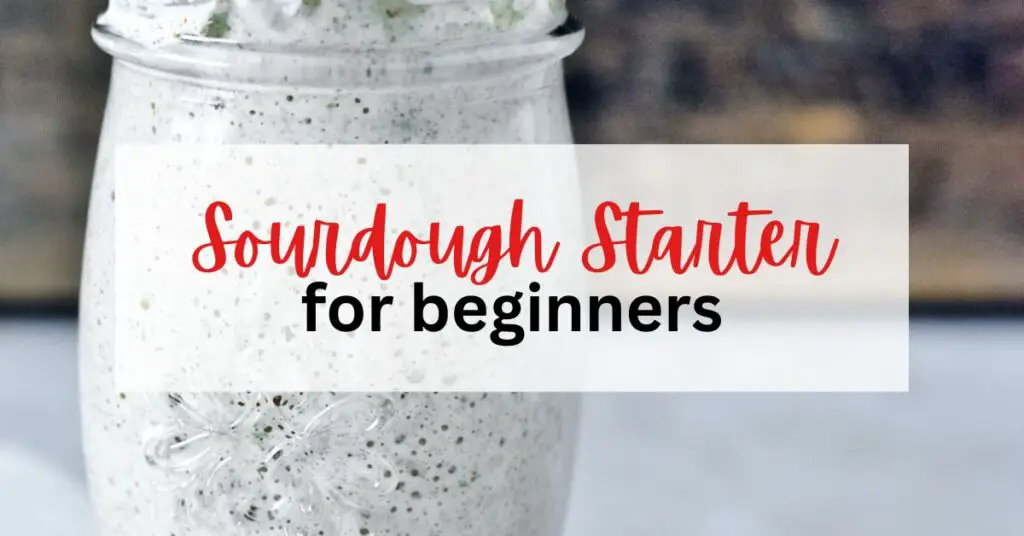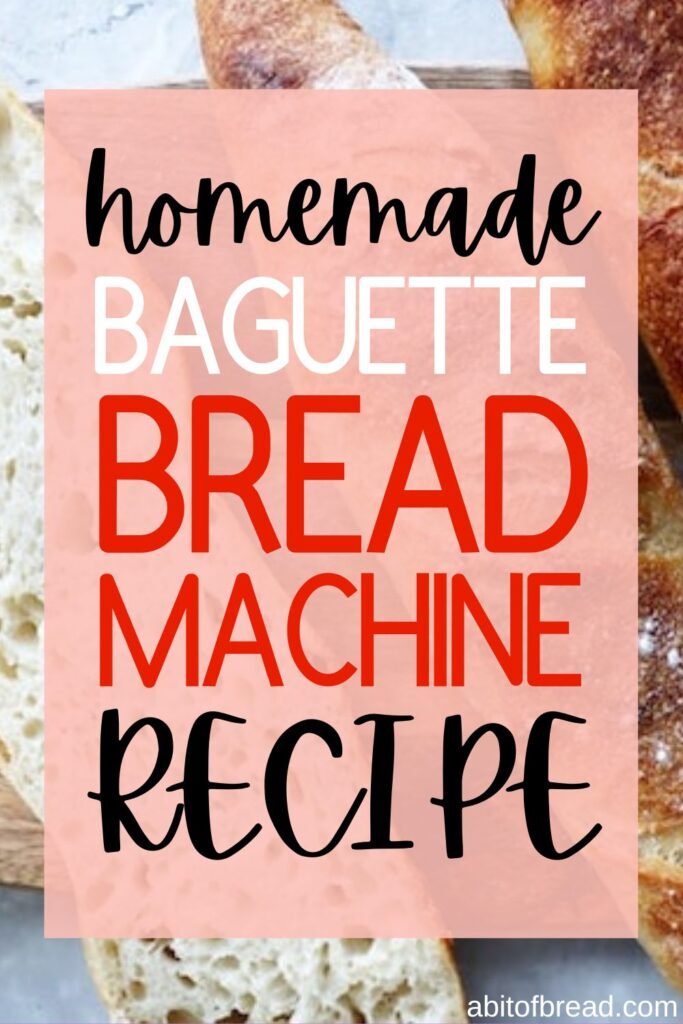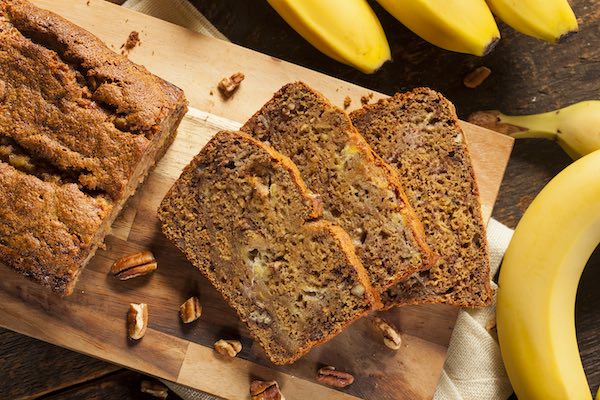The process of making sourdough started about 6,000 years ago when humans discovered how to boost the leavening and fermentation of grains to make delicious things like drinks or baked bread.
And what was also discovered was saving a portion of the fermented grains so as to begin the fermentation of the next batch of bread. This recurring practice gave birth to the well-known sourdough bread we know and love, and the part that was saved for the next bread batch is called sourdough starter.

Disclaimer: some links used in this post are affiliate links, which means I will earn a small commission if you purchase using my provided links at no extra cost to you. I only recommend products I think will be helpful to you and bring you one step closer to creating tasty bread masterpieces!
What is Sourdough starter?
A sourdough starter is a natural leaven, or a mix of liquid and grains where wild yeasts and bacteria thrive to flavor and leaven the bread dough. The yeasts thrive naturally on the grain surface, in the air or soil and in fruits and vegetables.
And before you freak out about bacteria, the type of bacteria present in starter is a good type, commonly known as lactobacillus.
Read more: How Leavening Works
Yeast and lactobacilli live peacefully in a symbiotic relationship. Both do not try to get food from each other.
In fact, yeast helps feed lactobacilli in certain cases. And in turn, lactobacilli create an acidic area that is conducive for the yeast. The acids inside the culture will serve as an antibiotic wherein the lactobacilli can provide a protective environment for yeast. Plus, lactobacilli is what helps bread to rise.
Similar to yeast, the bacteria in starter digests simple sugars from flour to produce carbon dioxide and ethanol. The resulting acetic and lactic acids add flavor to the bread, providing lots of flavors.
That’s why you may taste that “sour tang” commonly present in most sourdough.
Read more: How Does Yeast Work?
Sourdough starter ingredients
- 2 cups of all-purpose flour
- 1 packet or 2.25 teaspoons of active dry yeast
- 2 teaspoons of granulated sugar
- 2 cups of warm water (about 110 to 115 degrees F)
NOTE: You can also get good results by using whole wheat flour. Whole wheat start will not have a lot of rising action compared to something made with white flour. You have to plan longer rising periods. Adding whole wheat flour together with white flour can also be done to cut rising time.
Sourdough starter instructions
Mix the yeast, sugar and flour together in a sterile container. Ideally, you should only use ceramic or glass to contain 2 quarts.
Stir in the water and continue mixing until you create a thick paste. Cover the container using a dish cloth and allow to sit at 70 to 80 degrees F. Temperatures higher than 100 degrees F usually kill the yeast.
Observe how the yeast rises as you finish the process for optimum results.
NOTE: Something we like to do is place a rubber band around the glass at the initial height of the starter. Then, after a few hours, you can see the starter rise well above the line made from the rubber band, which helps give you an idea of how high it rose.
Create your first Sourdough Starter!
If you’re ready to dive into the world of sourdough starter, this class by Marceau Dauboin walks you through how to make your very own Sourdough Starter completely from scratch and be able to begin your Sourdough Baking Journey!
Feeding the Starter
The sourdough starter should be fed daily if you leave it sitting on the counter. You should feed it every other week if kept refrigerated. For counter-top stored sourdough starters, remove 1 cup of starter once a day and substitute with a cup of warm water (about 105 to 115 degrees F), plus a cup of flour. Cover and let the mixture rest for a few hours so the little yeast cells can become active again before you use it to make your next sourdough loaf.
Not sure what’s wrong with your sourdough starter? Try this.
Refrigerated Sourdough
Refrigerator stored sourdough starters can consume a lot of time and should be fed every day.
Yup, that means if you’re going on vacation or will be out of town for a few days, you’ll need someone to come feed your starter. A sourdough baby-sitter, if you will.
Once you’re ready to use your starter, take it out of the refrigerator and allow it to warm to room temperature. It might take a whole night to make this work. Feed it with a cup of water and a cup of flour. Let everything sit for 8 hours or overnight. You may now use it for different sourdough recipes.

What do I do with starter that is a few months old?
If you have stored sourdough starter in the refrigerator for a few months, you may need to feed it 2 to 3 times to activate. Take it out of the fridge 2 to 3 days before using it for baking. Continue the feeding process everyday.
What should I do if my sourdough has gone bad?
If you believe that the sourdough has turned very sour, throw everything away except for a single cup. Add 2 cups of water and 2 cups of flour. Allow it to ferment for 1 day.
How can I remove my starter to begin making bread?
If you’ve ever worked with dough and starters, you’ll know how incredibly sticky the whole thing is. So, I recommend getting a bowl scraper to help get all the bits of dough that might stick to the bowl during transfer.
Can I use other kinds of flours instead of all-purpose?
Absolutely. You can make starters using whole wheat flour, bread flour or other whole grains. They just require slightly different ratios.
How can I boost my yeast?
If you add some sugar, you will boost the yeast process (because that hungry yeast loves to eat sugar). Yeast will rise by feeding on the sugars inside the flour and by doing so, releases carbon dioxide in the process. Just don’t put in too much sugar.
Is water quality important for good sourdough starter?
Yes it is. Check your water quality for chlorine, since this can kill yeast development. In the event your water contains chlorine, you can use bottled water, tap water or distilled water instead.






